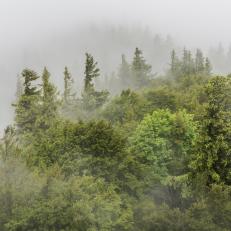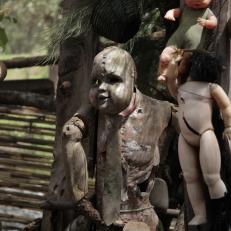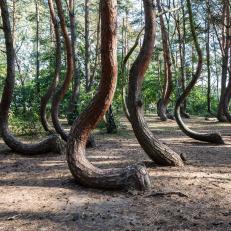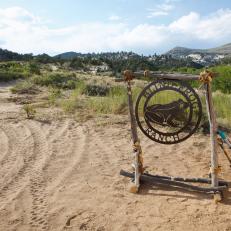6 Eerie Manmade Mysteries in the US
All over the US, there are mysterious places and structures that have mysterious or even pre-historic pasts. Here are a few of those mysterious spots that are manmade.
Shop This Look
Georgia Guidestones, Georgia
The granite monument, which was erected in 1980, has 10 guidelines inscribed in eight languages and a message at the top of the structure in four ancient language scripts. The stone slabs are astronomically aligned and have been the subject of numerous conspiracy theories.
An anonymous individual who used the pseudonym Robert Christian commissioned the structure. The slabs were to be a compass, calendar, and clock and were built on a five acre area of land in Elbert County. The languages include Hebrew, Arabic, Swahili, and Hindi, and the inscriptions range from "guide reproduction wisely" and "unite humanity with a new living language" to "protect people and nations" and "be not a cancer on Earth."























